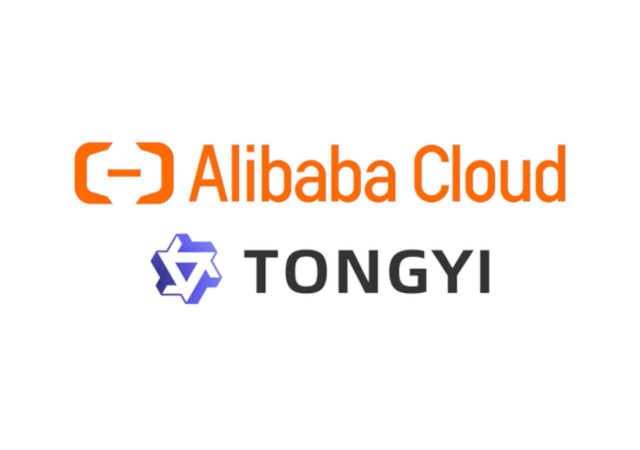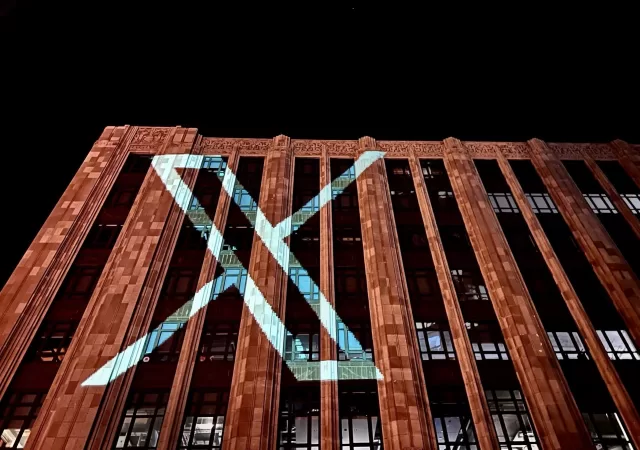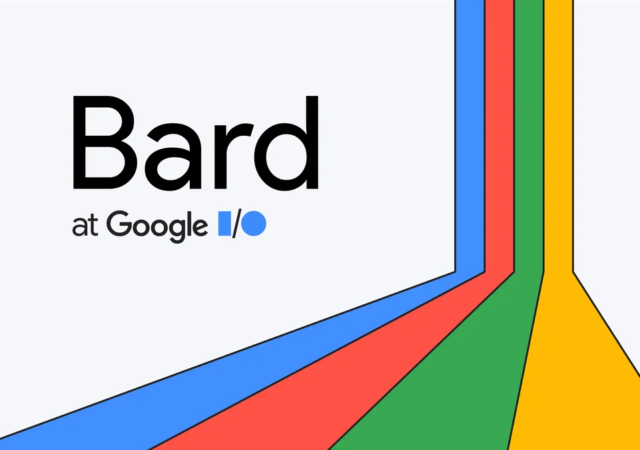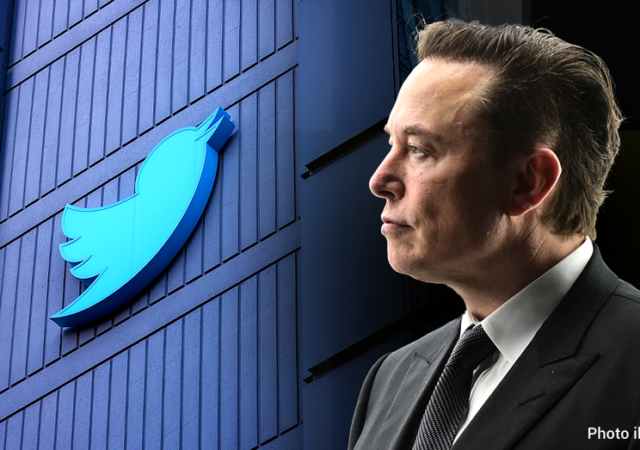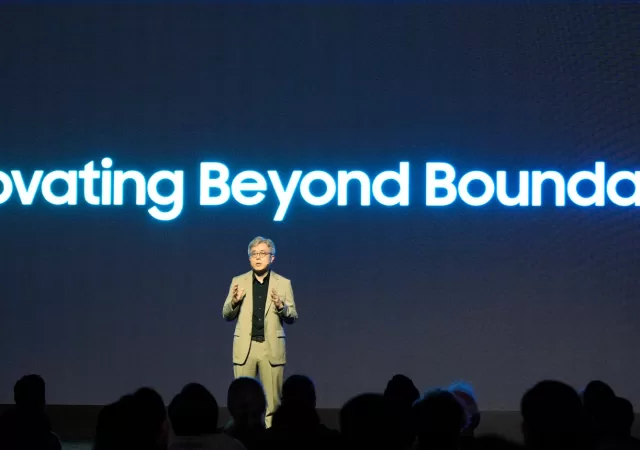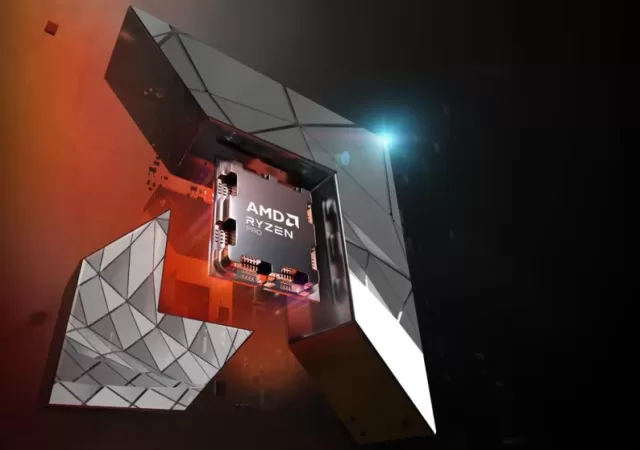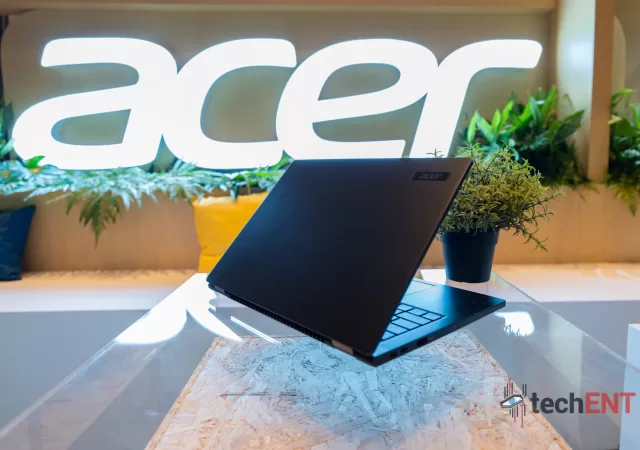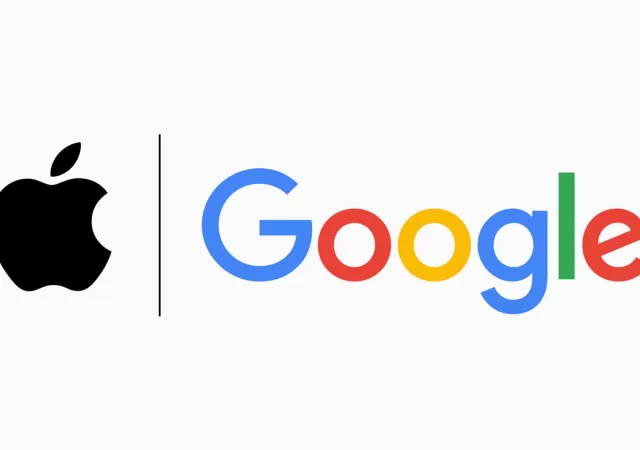Alibaba Cloud has introduced its latest AI image generation model, Tongyi Wanxiang (‘Wanxiang’ means ‘tens of thousands of images’). This model is designed to help businesses improve their creativity by generating high-quality images across different art styles. Text-to-image generation The…
Samsung Introduces the World to 2nm, Set to Storm the World 2025 Onward
Samsung just had their Foundry Forum and introduced their detailed plans on mass production of 2nm chips in the near future.
AMD Announces the Ryzen PRO 7040 and PRO 7000 Series – Zen 4 is Open for Business!
AMD finally releases their latest Ryzen PRO 7000 and PRO 7040 series CPUs with Zen 4 architecture for business computing.
Acer Launches New TravelMate Laptops and Veriton Desktops – More Plastics, yet More Sustainable, More Durable
Acer Malaysia launches the new TraveMate and Veriton series with sustainability in mind while also offering business workhorses
Copilot-ing the Future of Work with Generative AI
Microsoft’s Work Trend Index 2023 shows a future that will see AI and humans working hand-in-hand like never before.



